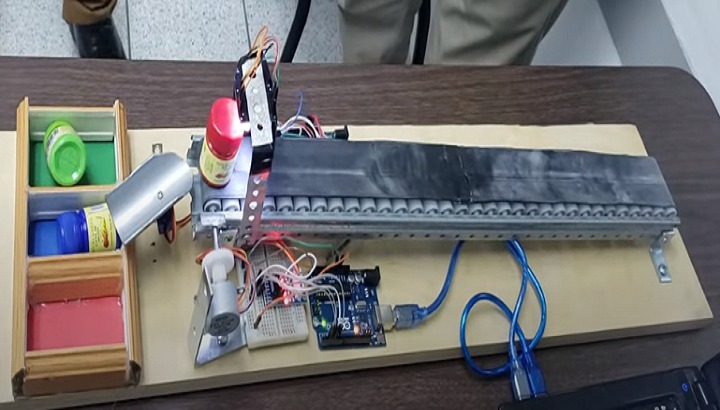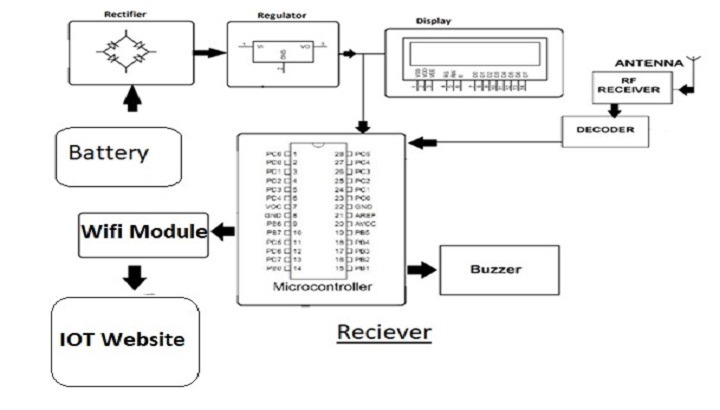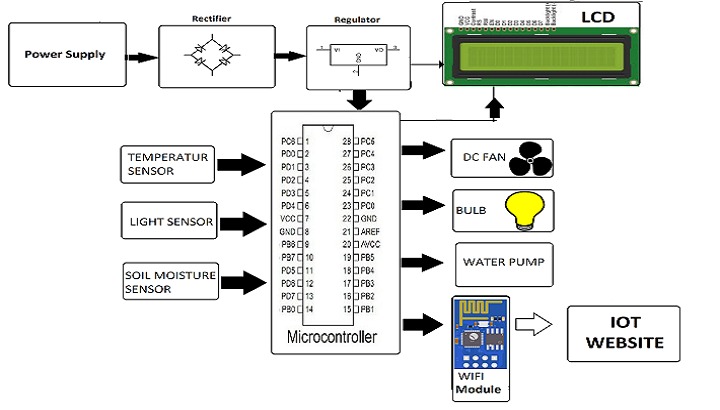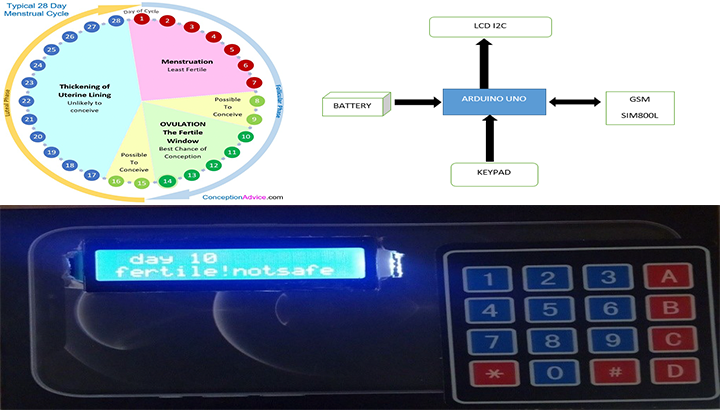Arduino-Powered Proximity Sensing Radar
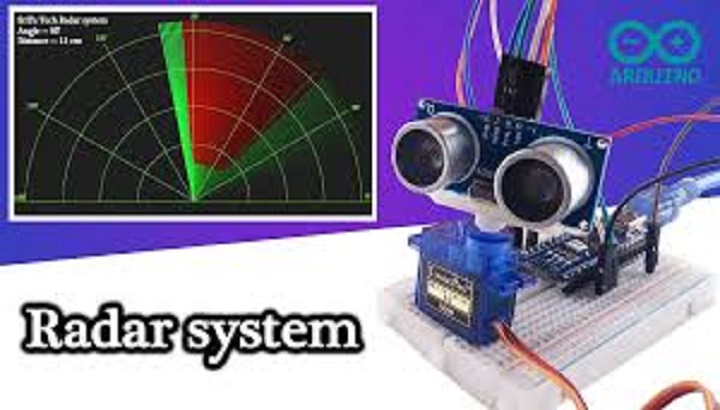
Components and Functions: Arduino Microcontroller: Serves as the central control unit for processing data from the ultrasonic sensor and controlling the output devices. Ultrasonic Sensor: Measures the distance to objects by emitting ultrasonic waves and detecting the reflected signals. Servo Motor: Rotates the ultrasonic sensor to scan the surrounding area, creating a radar-like sweeping effect. LCD Display: Provides a visual interface to display distance readings and object positions. LED: Lights up to indicate the presence of an object within a critical range. Buzzer: Emits a sound to alert when an object is detected within a predefined proximity. Jumpers: Used to connect the components to the Arduino board for communication and power supply.
Operation: The ultrasonic sensor, mounted on the servo motor, rotates to cover a 180-degree area. As it sweeps, it continuously measures distances to nearby objects. The Arduino processes these measurements to determine if an object is within a critical range. If an object is detected, the Arduino triggers the LED and buzzer to provide immediate feedback. The distance and position of the object are displayed on the LCD screen for real-time monitoring.
Applications: This radar system can be used for various applications, including proximity alert systems, obstacle detection in robotics, and basic surveillance systems. It provides a foundation for understanding radar technology and can be expanded with additional features for more complex tasks.
In summary, this project integrates multiple components to create a functional radar system, demonstrating the principles of distance measurement, data processing, and output control using Arduino.
Related project idea for free
Conveyor Belt Control System with ESP8266 and Servo Motor for Item Sorting
The Conveyor Belt Control System with ESP8266 and Servo Motor is an advanced project designed to automate the control, monitoring, and sorting of items on a conveyor belt. This system uses the ESP8266 Wi-Fi module for wireless communication, enabling remote management and real-time monitoring of con...
Read more>>Smart Cradle System Project - IOT-Based project
The Smart Cradle System is designed to enhance the care and monitoring of infants through automation and real-time monitoring. This system integrates various sensors and microcontroller-based circuitry to provide a safe and comfortable environment for the baby. It includes features such as automated...
Read more>>IoT Based Health Care System for Paralysis Patients
The IoT-based health care system for paralysis patients is designed to enable patients to communicate various messages to doctors, nurses, or their loved ones remotely over the internet. This system utilizes a microcontroller-based circuitry to facilitate its functionality. It incorporates a hand mo...
Read more>>IOT Project for Greenhouse Monitoring and Control System
A greenhouse is an environment where plants, such as flowers and vegetables, are cultivated. It utilizes solar radiation to warm the interior, including the plants, soil, and structure, thereby protecting crops from various diseases, particularly soil-borne pathogens and those spread by rain splash....
Read more>>Smart women menstrual cycle IOT device
In Rwanda, the teenage pregnancy rates have increased from 6.1% in 2010 to 7.3% in 2015 (RDHS 2015). Furthermore, 49.6% of teen mothers had their first pregnancy between the ages of 12 and 17. Unintended pregnancy often leads to unplanned births. Some 37% of births in Rwanda each year are unplannedâ...
Read more>>
